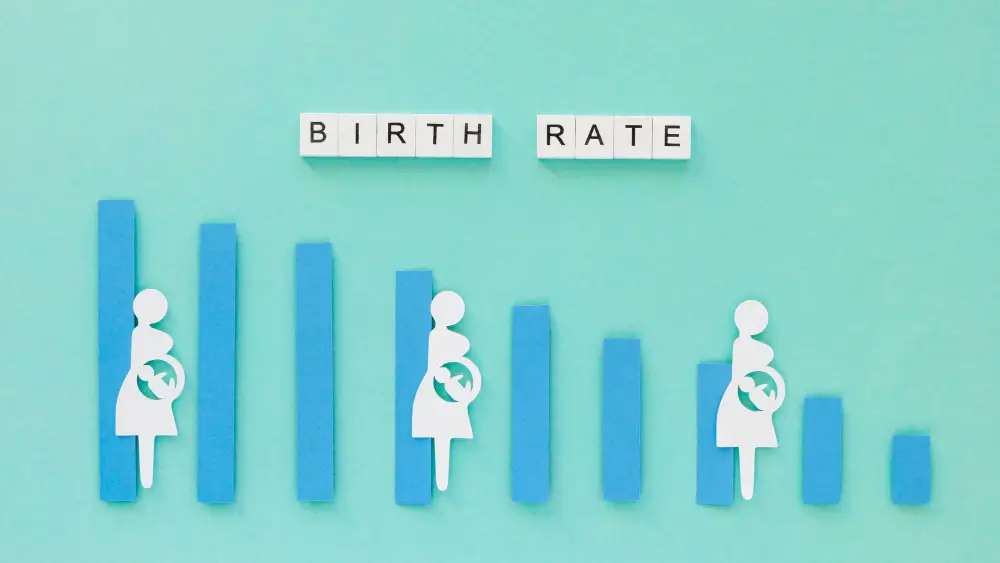
Introduction
Timelines vary, but smart sequencing can shave weeks off your journey. Here’s a realistic view of the New York surrogacy timeline and how to keep momentum.
Typical Timeline (12–18 Months)
Parallel processing of legal, insurance, and screening unlocks speed. Avoid waiting for one step to fully finish before starting the next.
- Months 1–2: Intake, compliance check, matching pipeline started.
- Months 3–4: Contracting and insurance riders; hospital pre-planning begins.
- Months 4–6: Surrogate medical screening, medication protocol, transfer window.
- Month 6+: Embryo transfer; confirm pregnancy and OB hand-off.
- Third Trimester: Pre-birth order filings and hospital coordination.
- Delivery: Discharge with parentage documents and newborn insurance.
Bottlenecks & How to Avoid Them
Most delays stem from paperwork lag and unclear roles. Appoint one owner—your case manager—to drive parallel tasks.
- Legal: Send intake docs early; schedule counsel consults in week 1.
- Insurance: Verify benefits and riders before contracts are signed.
- Medical: Prepare embryo plan; pre-authorize meds and monitoring.
- Travel: Batch appointments where possible; pre-book refundable fares.
Coordination with Courts & Hospitals
County preferences and hospital policies vary; early outreach helps you avoid last-minute confusion and rooming questions.
- Ask counsel when your venue typically grants pre-birth orders.
- Share draft orders with hospital L&D at least 4–6 weeks ahead.
- Confirm rooming-in, wristband, and discharge workflows.
Measuring Progress
A one-page timeline with owners and due dates keeps the team synced. Review weekly and keep a change-log.
- Weekly check-ins with your case manager.
- Escrow statement review and variance notes.
- Quarterly recalibration if any step slips more than two weeks.
Case Study
A Brooklyn couple used a single-page Gantt and weekly case calls. With ready embryos, they matched in six weeks, signed contracts in four, and transferred in month five—delivering a healthy baby at month fourteen.
Testimonials
- “Weekly progress reviews kept everyone on track.” — M.&C., Staten Island
- “Parallel processing saved us at least a month.” — M.&J., Westchester
- “Hospital planning early avoided delivery-day surprises.” — M.&Y., Queens
Internal Linking Suggestions
Patients Medical – Wellness & Fertility
FAQs
Q. What’s the fastest possible timeline?
Ans : Some journeys complete in ~12 months with ready embryos and fast matching; plan for 12–18 to be safe.
Q. Why do timelines slip?
Ans : Common causes: incomplete paperwork, insurance changes, or needing multiple IVF attempts.
Q. Should we wait for one step to finish before starting another?
Ans : No—use parallel processing where safe and ethical to avoid idle weeks.

Dr. Kulsoom Baloch
Dr. Kulsoom Baloch is a dedicated donor coordinator at Egg Donors, leveraging her extensive background in medicine and public health. She holds an MBBS from Ziauddin University, Pakistan, and an MPH from Hofstra University, New York. With three years of clinical experience at prominent hospitals in Karachi, Pakistan, Dr. Baloch has honed her skills in patient care and medical research.





